- Home
- Articles
- Architectural Portfolio
- Architectral Presentation
- Inspirational Stories
- Architecture News
- Visualization
- BIM Industry
- Facade Design
- Parametric Design
- Career
- Landscape Architecture
- Construction
- Artificial Intelligence
- Sketching
- Design Softwares
- Diagrams
- Writing
- Architectural Tips
- Sustainability
- Courses
- Concept
- Technology
- History & Heritage
- Future of Architecture
- Guides & How-To
- Art & Culture
- Projects
- Interior Design
- Competitions
- Jobs
- Store
- Tools
- More
- Home
- Articles
- Architectural Portfolio
- Architectral Presentation
- Inspirational Stories
- Architecture News
- Visualization
- BIM Industry
- Facade Design
- Parametric Design
- Career
- Landscape Architecture
- Construction
- Artificial Intelligence
- Sketching
- Design Softwares
- Diagrams
- Writing
- Architectural Tips
- Sustainability
- Courses
- Concept
- Technology
- History & Heritage
- Future of Architecture
- Guides & How-To
- Art & Culture
- Projects
- Interior Design
- Competitions
- Jobs
- Store
- Tools
- More
Pro Tips for Prolonging the Life of Your Commercial Roofing System

For many businesses, the roof is often overlooked, yet it serves as a critical component in protecting assets and ensuring employee safety. A well-maintained commercial roofing system can lead to significant cost savings and extend the lifespan of the entire structure. While many factors contribute to the durability of a roof, understanding the best practices for maintenance can help mitigate potential issues before they escalate. Below are effective strategies to prolong the life of your commercial roofing system.
Table of Contents
ToggleImplement Regular Inspections
The foundation of a well-maintained roofing system lies in routine inspections. Schedule regular check-ups, ideally at least twice a year, preferably in the spring and fall. Inspections should include not only a visual review of the roof’s surface but also an assessment of internal components that may be more difficult to access. Ignoring minor damages can lead to larger, more costly problems down the road. By spotting issues early—such as leaks, water pooling, or damaged membranes—businesses can ensure that repairs are made timely and effectively, often before they become major headaches.

Work With The Right Experts
Choosing knowledgeable and skilled professionals can make a huge difference in maintaining a roofing system. Consider working with experienced commercial roofing contractors who understand the specific needs of various roofing types and can provide tailored solutions. Their expertise ensures that your roof is built or maintained up to industry standards, improving its resilience against environmental stresses. These experts can offer valuable insights into the most effective materials and technologies suited to your specific requirements, leading to a more durable and efficient roofing system.
Prioritize Proper Drainage
One of the most damaging issues a roof can face is poor drainage. Water accumulation can cause significant deterioration over time, leading to leaks and structural issues. Ensure that drainage systems, such as gutters and downspouts, are clear of debris and functioning properly. In some cases, corrective measures such as installing extra drainage points or adjusting the slope of the roof might be necessary. Proper drainage not only prevents standing water but also optimizes the roof’s lifespan and reduces maintenance costs.
Maintain Surrounding Landscape
The area surrounding your commercial building can significantly affect your roof’s integrity. Overhanging trees should be trimmed regularly to prevent branches from scratching or damaging the roofing material. Additionally, seasonal debris, such as leaves and pine needles, should be cleared to avoid clogging gutters and downspouts. Landscaping can also contribute to better drainage if strategically designed. Proper grading around the building will redirect rainwater away from the roof and foundations. Keeping your landscape in check lessens the risk of unnecessary roofing repairs, saving time and money in the long run.
Choose Quality Materials
When it comes time to install or replace your roofing system, choose high-quality materials that align with your building’s usage and climate. While it might be tempting to opt for cheaper options, this can lead to higher costs due to frequent repairs. Investing in premium roofing materials such as thermoplastic polyolefin (TPO), ethylene propylene diene monomer (EPDM), or metal roofing can enhance durability and energy efficiency. These materials often come with longer warranties, providing additional peace of mind.
Train Staff on Care and Maintenance
An informed staff can play a crucial role in the upkeep of your commercial roofing system. Provide training or resources about what to look for regarding potential roof issues and the importance of reporting them quickly. Encourage staff to maintain a clean environment by not allowing items to accumulate on the roof. Regularly educating employees on the best practices promotes teamwork in maintaining the integrity of the roofing system.
Plan for Weather Changes
Weather can have a profound impact on your commercial roof’s lifespan. Seasonal changes can expand and contract roofing materials, potentially leading to cracks. Protecting the roof from harsh weather elements can reduce wear and tear. Implement preventive measures such as applying protective coatings that can shield against UV rays, extreme temperatures, and storms. Being proactive in preparing for inclement weather will help mitigate damage significantly.

Document Maintenance Activities
Keeping records of maintenance and repairs can provide insights into the roof’s condition over time. Documenting all inspections, repairs, and cleanings aids in recognizing patterns of wear and identifying when it may be time for a full replacement. This documentation can also be beneficial for warranty claims or when selling the property, as a well-recorded maintenance history showcases the property’s diligence in care.
Plan for an End-of-Life Strategy
All roofs have a lifespan, but planning for the end of that life can minimize disruption. Knowing when to replace or renew your roofing system will help to mitigate significant unexpected costs. Create a strategic plan that includes budgeting for replacements and assessing when repairs might no longer be economically viable. Being forward-thinking prevents the rush decisions commonly made under pressure and helps ensure that the transition can be managed smoothly with minimal interruption to business operations.
Commercial property owners may maximize their investment and greatly prolong the life of their roofing systems by putting this expert advice into practice. A proactive approach to maintenance not only protects the building but also enhances the overall function and safety of the workspace. Engaging experts, conducting regular inspections, and planning strategically are key components that contribute to a long-lasting and efficient roof.
illustrarch is your daily dose of architecture. Leading community designed for all lovers of illustration and #drawing.
Submit your architectural projects
Follow these steps for submission your project. Submission FormLatest Posts
Best Practices for Roof Inspections and Maintenance
On most projects, the roof spends decades out of sight while carrying...
Sunny Days, Secure Roof: Simple Steps to Shield Your Home
Your home is more than just a place to live—it’s a sanctuary....
Simple and Stylish Roof Ideas for Homeowners
When designing your home, don’t overlook the roof. It’s essential for both...
Key Qualities to Look For in a Residential Roofing Contractor
Choosing a residential roofing contractor involves careful consideration. The roof is a...


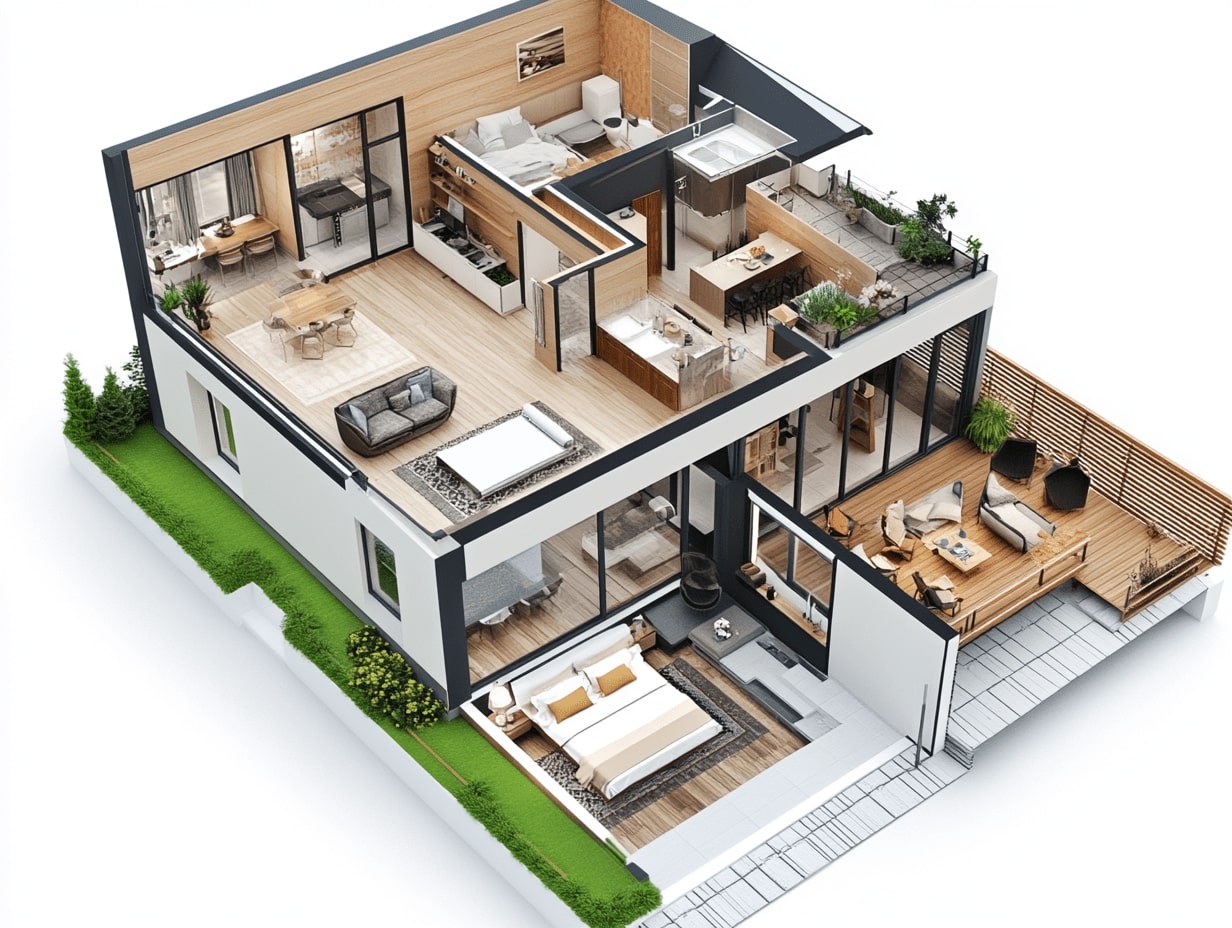

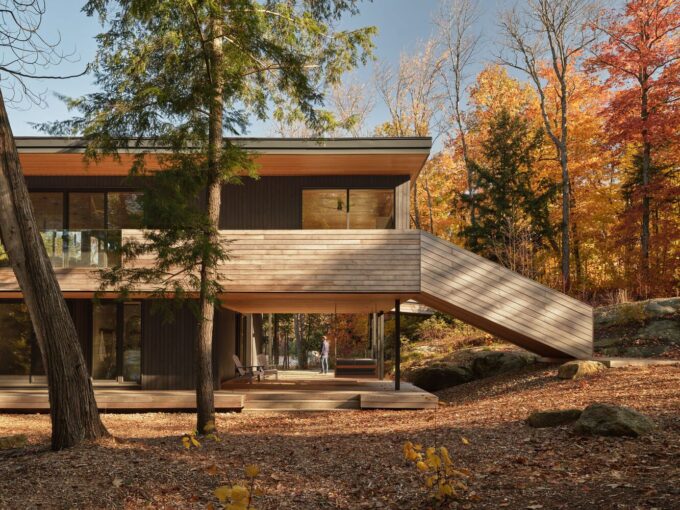
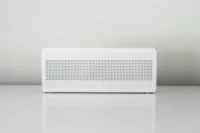


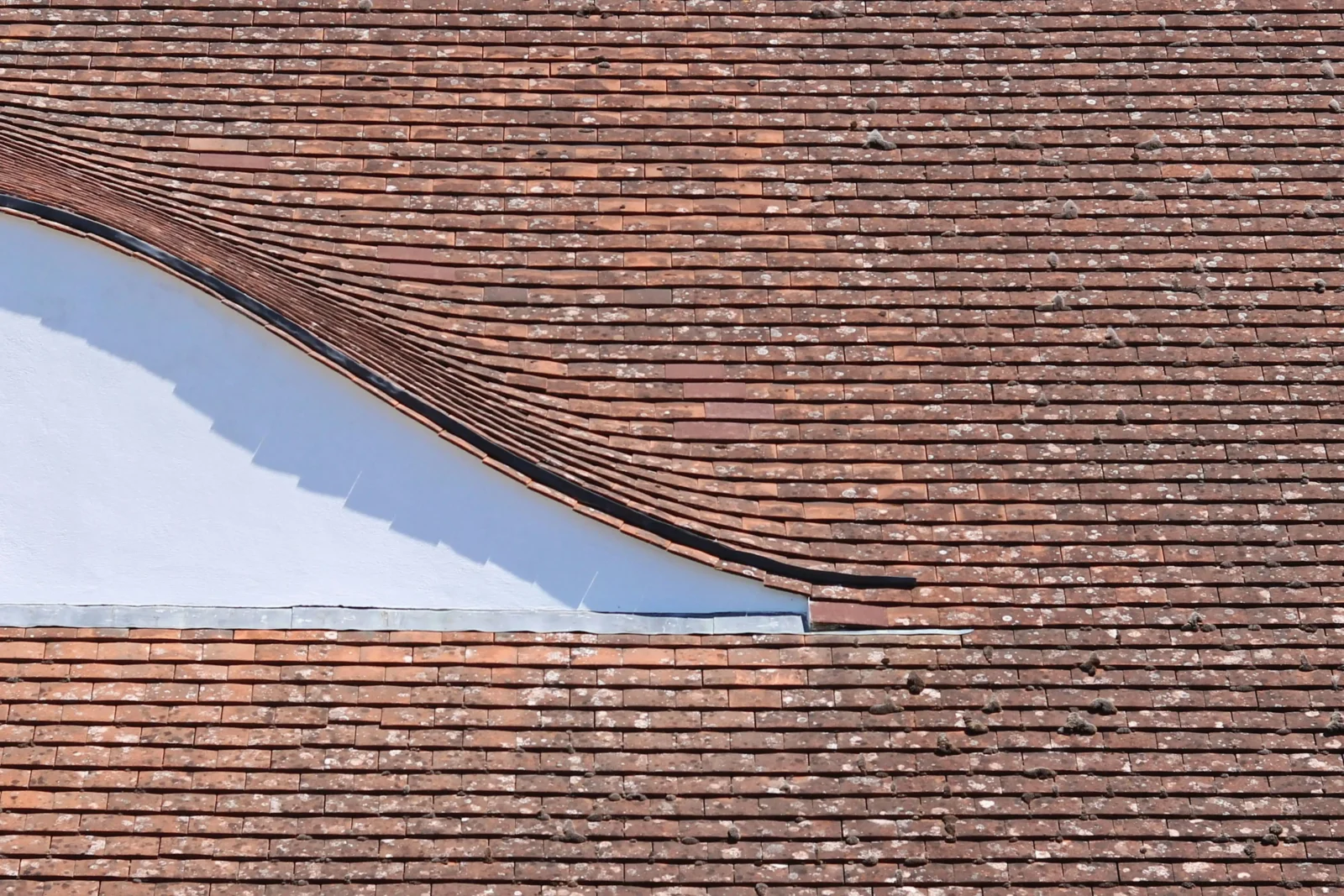
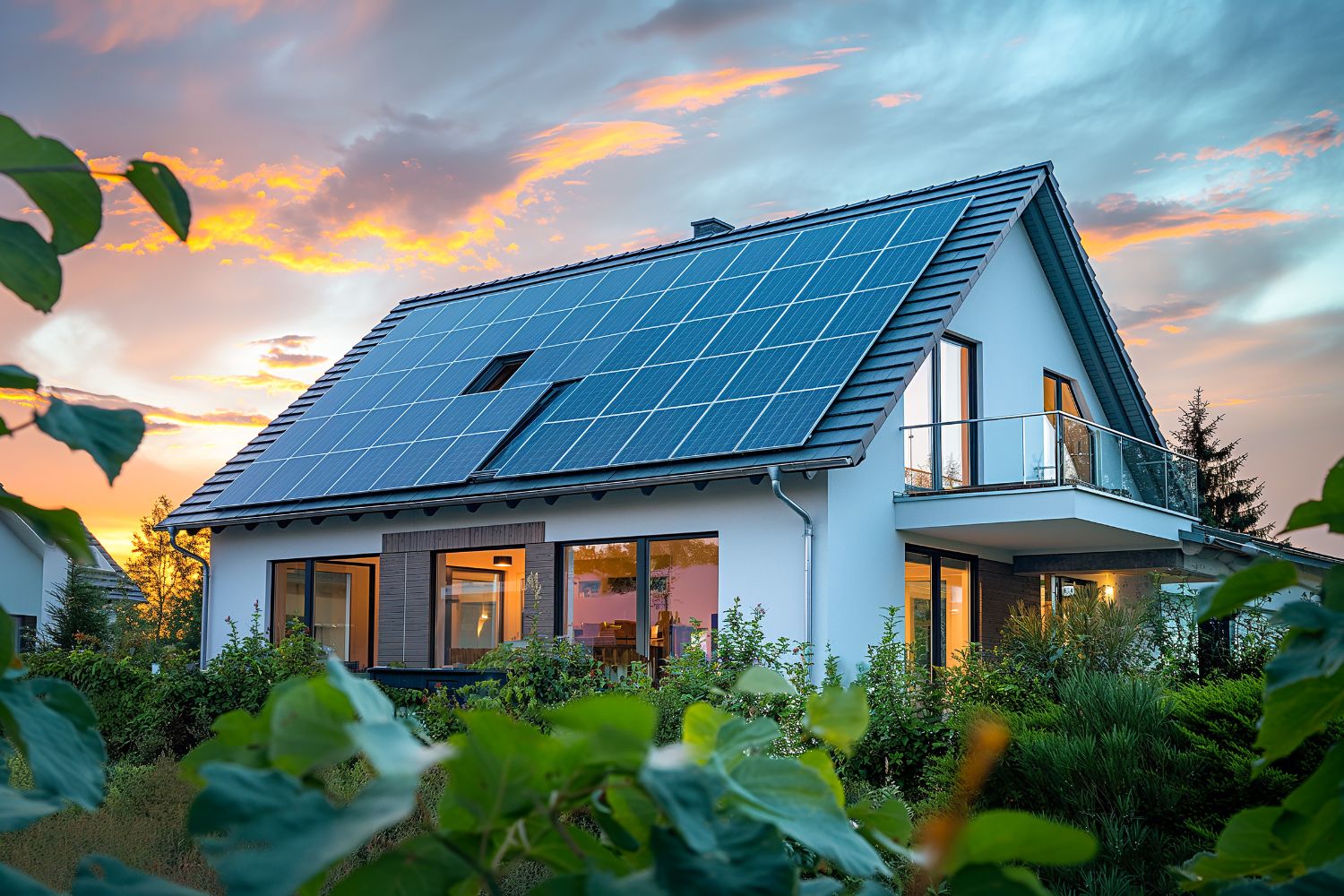
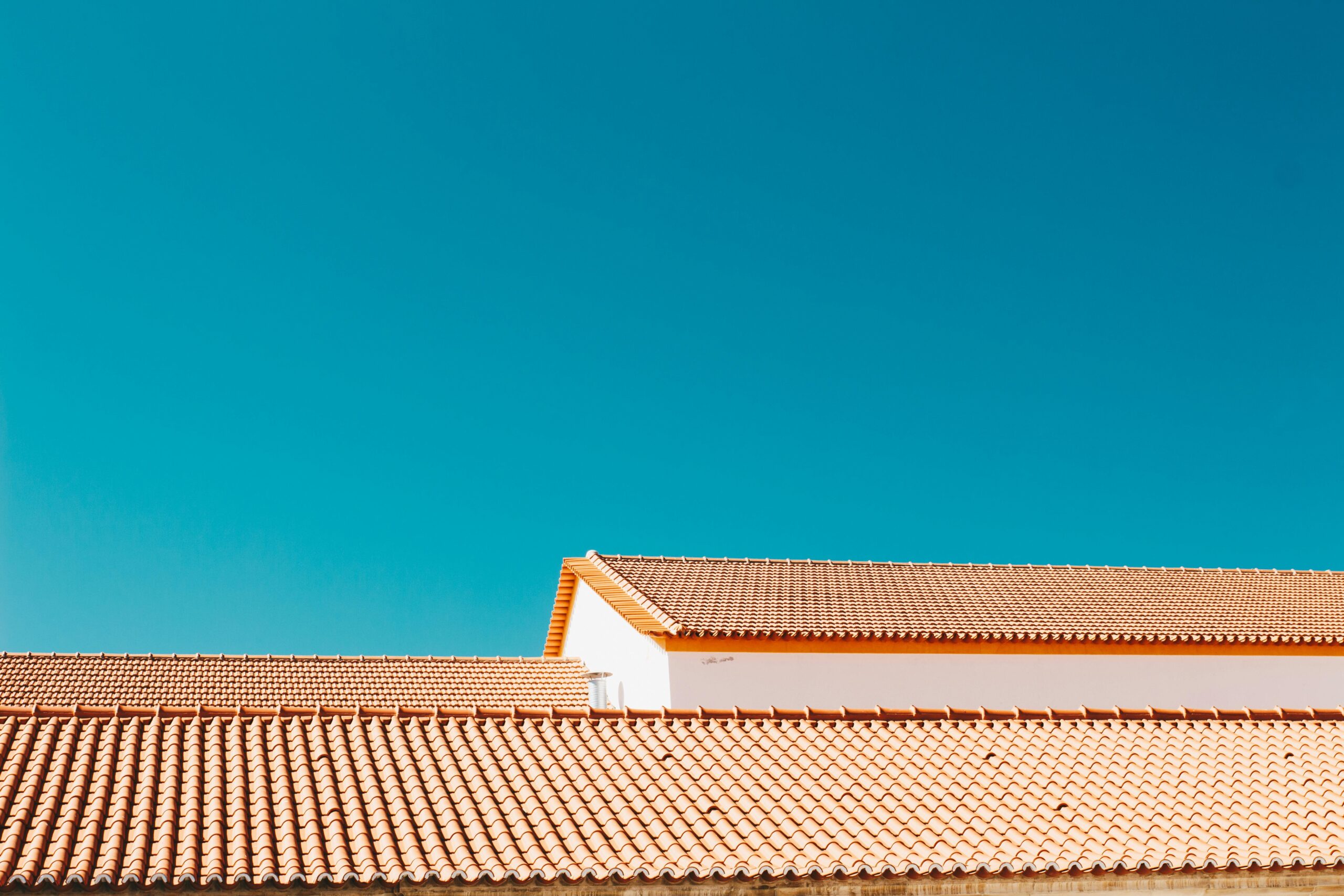
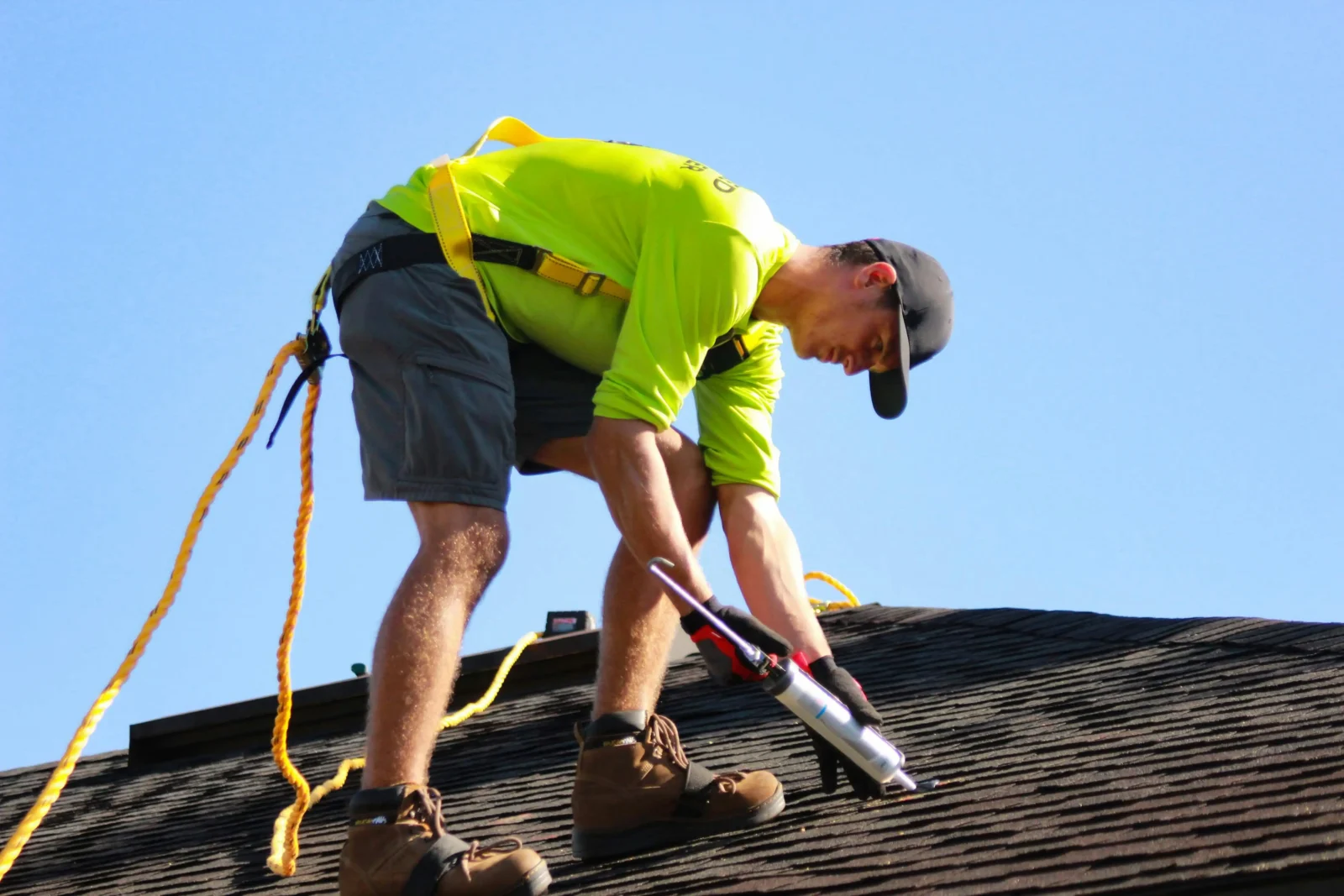
Leave a comment